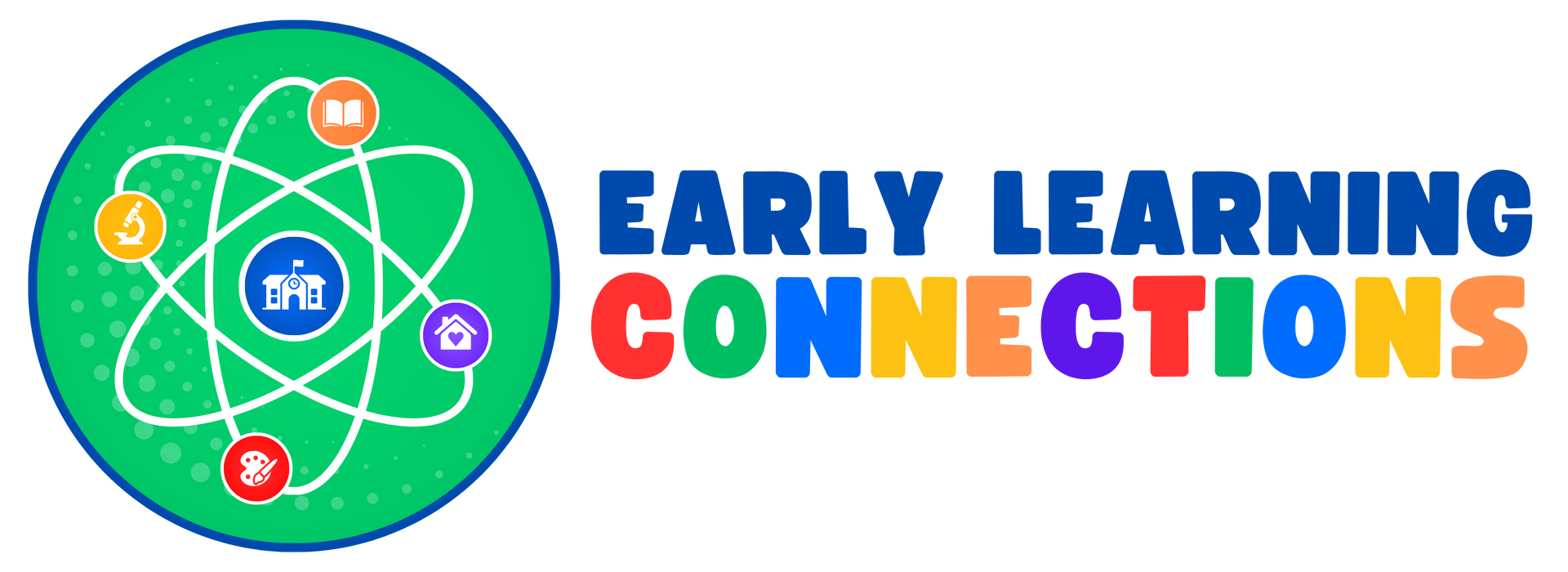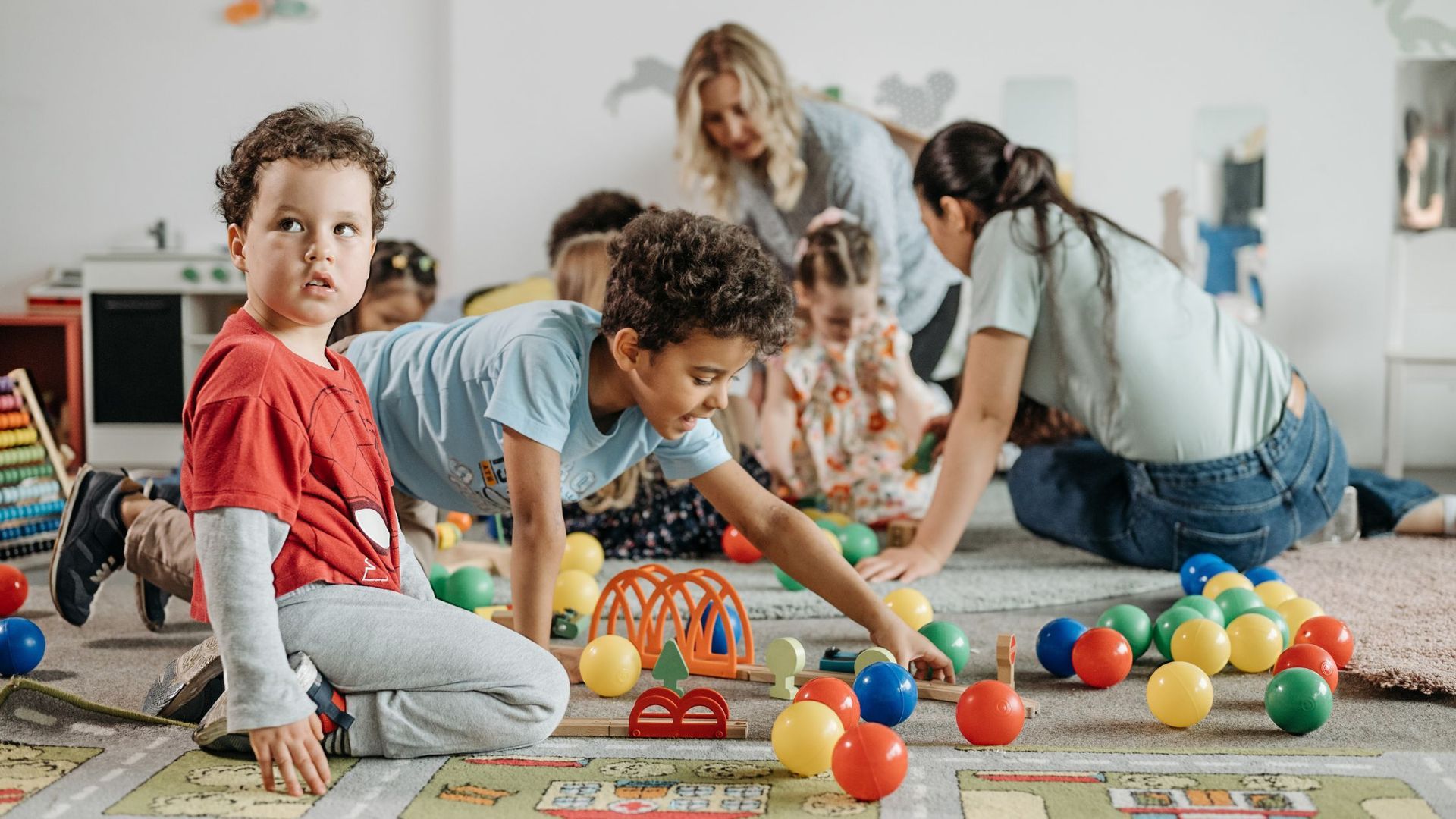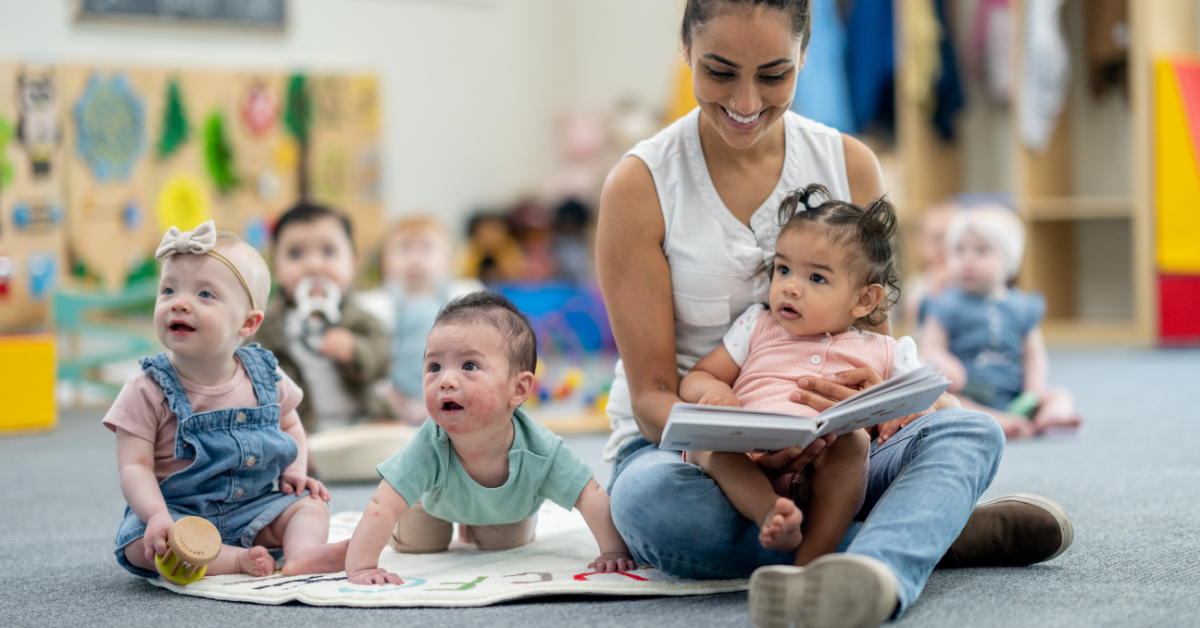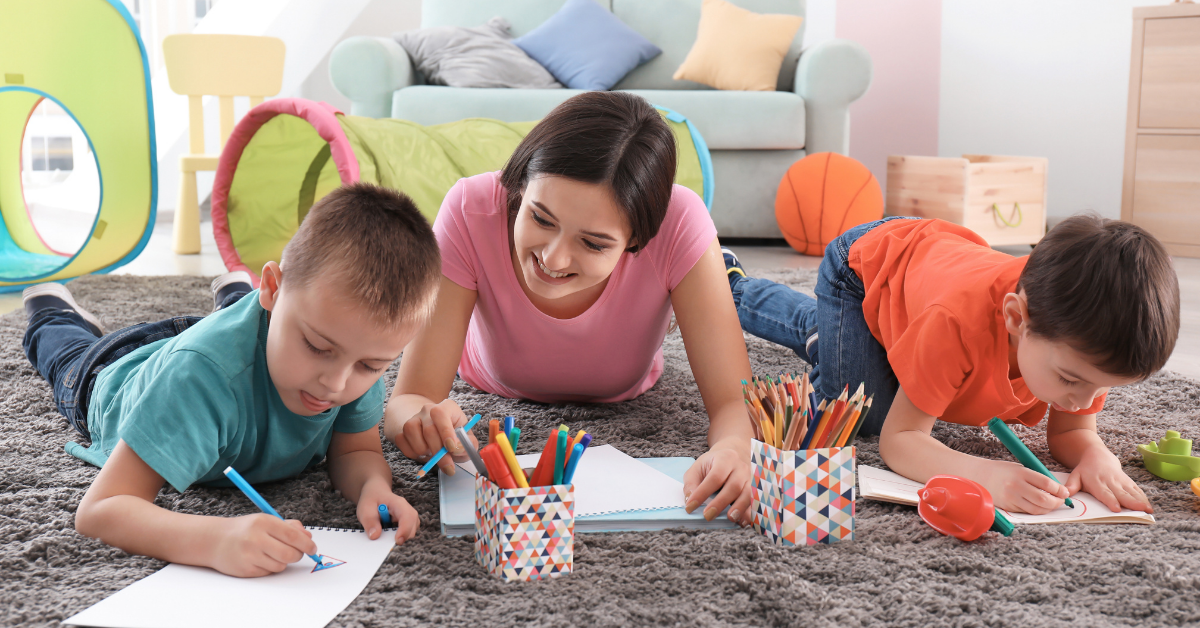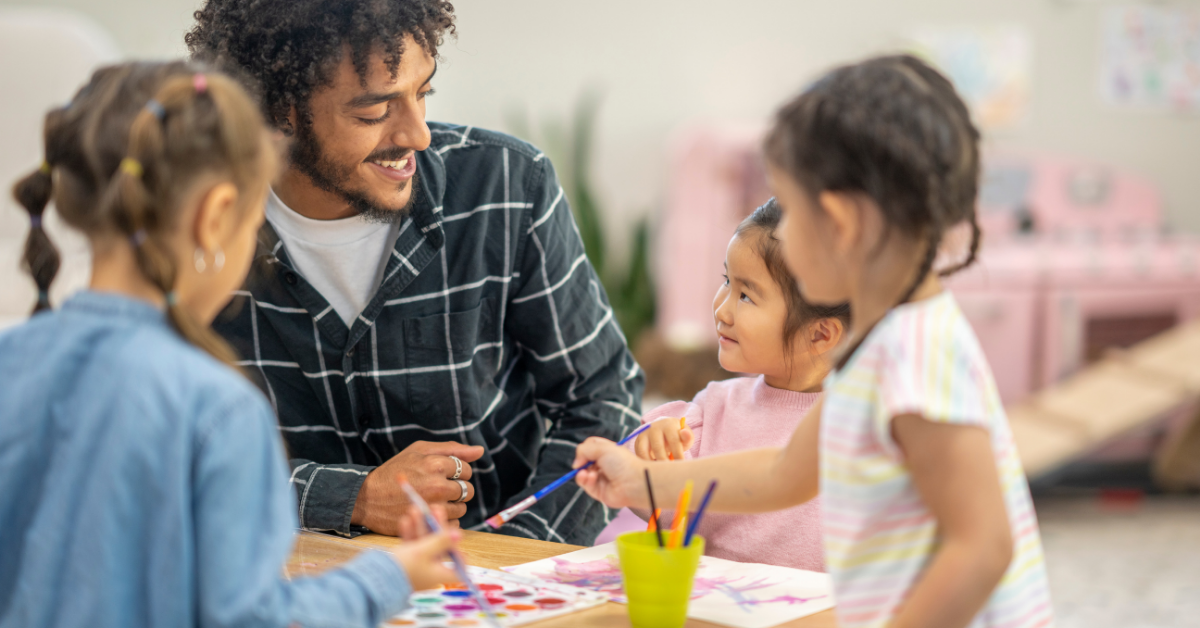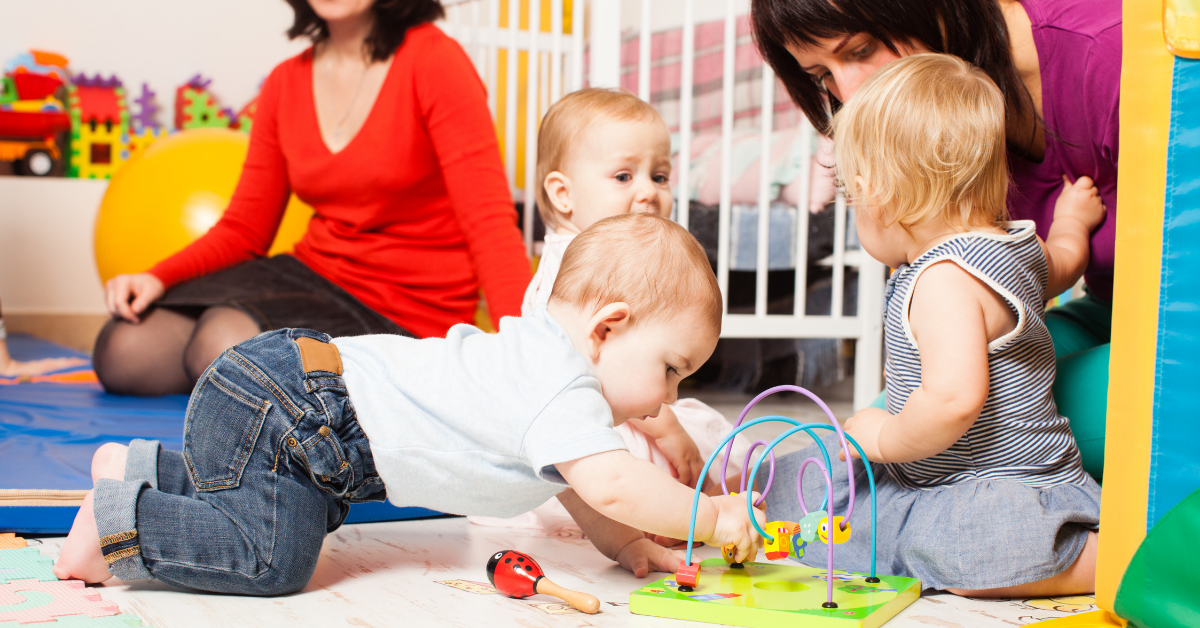The Role of Multilingualism in Early Childhood Development
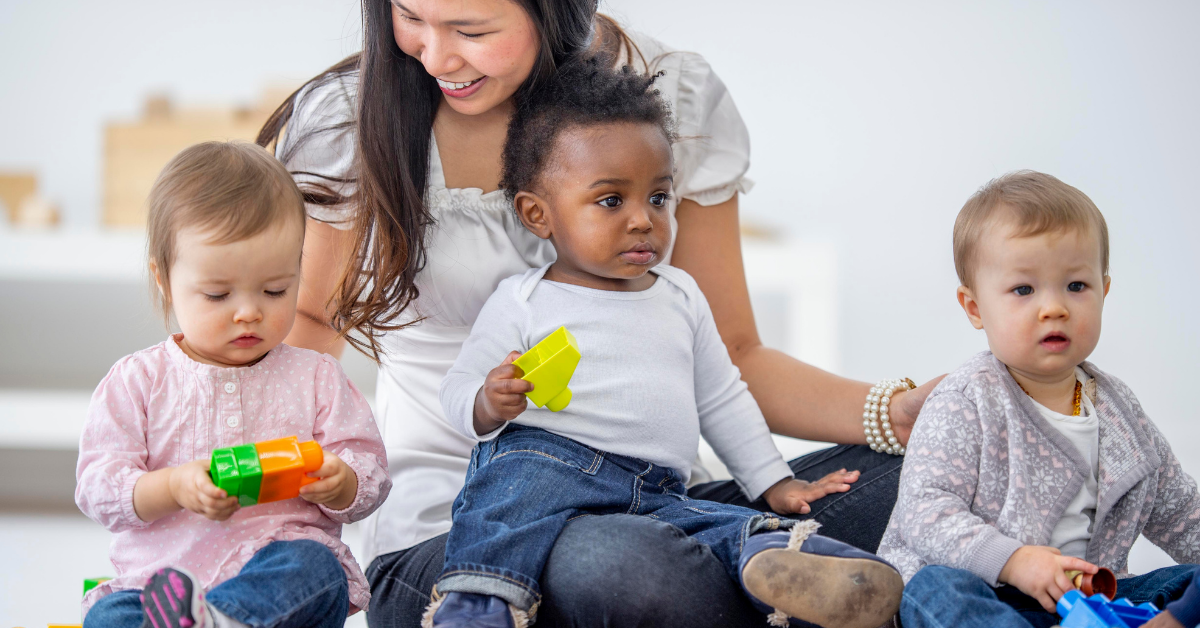
Introduction
In an increasingly interconnected world, multilingualism is becoming more valuable than ever. For young children, exposure to multiple languages provides cognitive, social, and academic advantages that can last a lifetime. Parents and educators often wonder about the impact of learning multiple languages at an early age and how best to support language development. This article explores the benefits of multilingualism in early childhood and practical ways to encourage it.
Cognitive Benefits of Multilingualism
Enhanced Brain Development
Learning multiple languages strengthens neural connections, improving memory, problem-solving skills, and adaptability. The brain of a multilingual child is more active and flexible, allowing for greater cognitive development.
Improved Executive Function
Multilingual children often excel in executive function skills, such as switching between tasks, focusing on important information, and managing cognitive flexibility. These skills contribute to better academic performance and critical thinking.
Increased Creativity
Exposure to different languages enhances creativity by allowing children to think in multiple ways. They can approach challenges with a diverse perspective, making them more innovative and adaptable.
Stronger Problem-Solving Skills
When children learn multiple languages, they naturally become better at recognizing patterns and finding solutions. This strengthens their ability to analyze and interpret different types of information.
Social and Emotional Benefits
Better Communication Skills
Multilingual children can connect with a broader range of people, fostering inclusivity and cultural appreciation. They develop strong listening and interpersonal skills, which enhance their ability to build relationships.
Greater Cultural Awareness
Learning different languages introduces children to new traditions, customs, and ways of thinking. This increases their empathy and understanding of diverse communities.
Boosted Self-Confidence
Children who speak multiple languages often feel more confident in social settings. They can navigate different environments and communicate effectively, which enhances their self-esteem.
Emotional Intelligence
Multilingualism helps children understand and express emotions in various ways, making them more emotionally resilient. They develop greater sensitivity to tone, context, and nonverbal cues.
Academic and Career Advantages
Higher Academic Performance
Studies show that multilingual children often outperform monolingual peers in reading, writing, and comprehension. Their ability to process multiple languages sharpens their overall learning capacity.
Stronger Literacy Skills
Learning multiple languages enhances phonetic awareness, grammar comprehension, and vocabulary expansion. This foundation supports reading and writing in all languages the child learns.
Long-Term Career Benefits
In a globalized workforce, multilingual individuals have a competitive edge. Many employers seek candidates with bilingual or multilingual proficiency, increasing job opportunities and career success.
Overcoming Common Myths About Multilingualism
Myth: Learning Multiple Languages Confuses Children
Research shows that young brains can easily differentiate between languages. Multilingual children naturally separate languages and develop strong communication skills.
Myth: Multilingualism Delays Speech Development
While multilingual children may mix languages initially, this is a normal part of learning. They develop speech at the same rate as monolingual peers and often gain stronger linguistic abilities.
Myth: One Language Must Be Prioritized Over Others
Balanced exposure to multiple languages allows children to develop proficiency in each. The key is consistency and providing opportunities for real-life use.
Tips for Encouraging Multilingualism in Early Childhood
- Start Early: The earlier children are exposed to multiple languages, the easier they learn them. Infants and toddlers absorb languages naturally through immersion.
- Use Everyday Conversations: Speaking different languages in daily interactions—during meals, playtime, or bedtime—helps children acquire vocabulary and grammar effortlessly.
- Read Books in Multiple Languages: Introducing bilingual or multilingual storybooks reinforces language skills and fosters a love for reading.
- Encourage Play-Based Learning: Games, songs, and interactive activities make language learning fun and engaging for young children.
- Provide Cultural Exposure: Watching cartoons, listening to music, and celebrating cultural traditions in different languages enhances language learning and appreciation.
- Be Patient and Consistent: Language learning is a gradual process. Encouraging practice and providing a supportive environment ensures children feel comfortable using multiple languages.
Conclusion
Multilingualism is a valuable asset that benefits children in numerous ways, from cognitive and social advantages to academic and career opportunities. By fostering a multilingual environment at an early age, parents and educators set children up for a lifetime of success. Providing consistent exposure, using engaging methods, and embracing cultural diversity can make learning multiple languages a rewarding experience.
